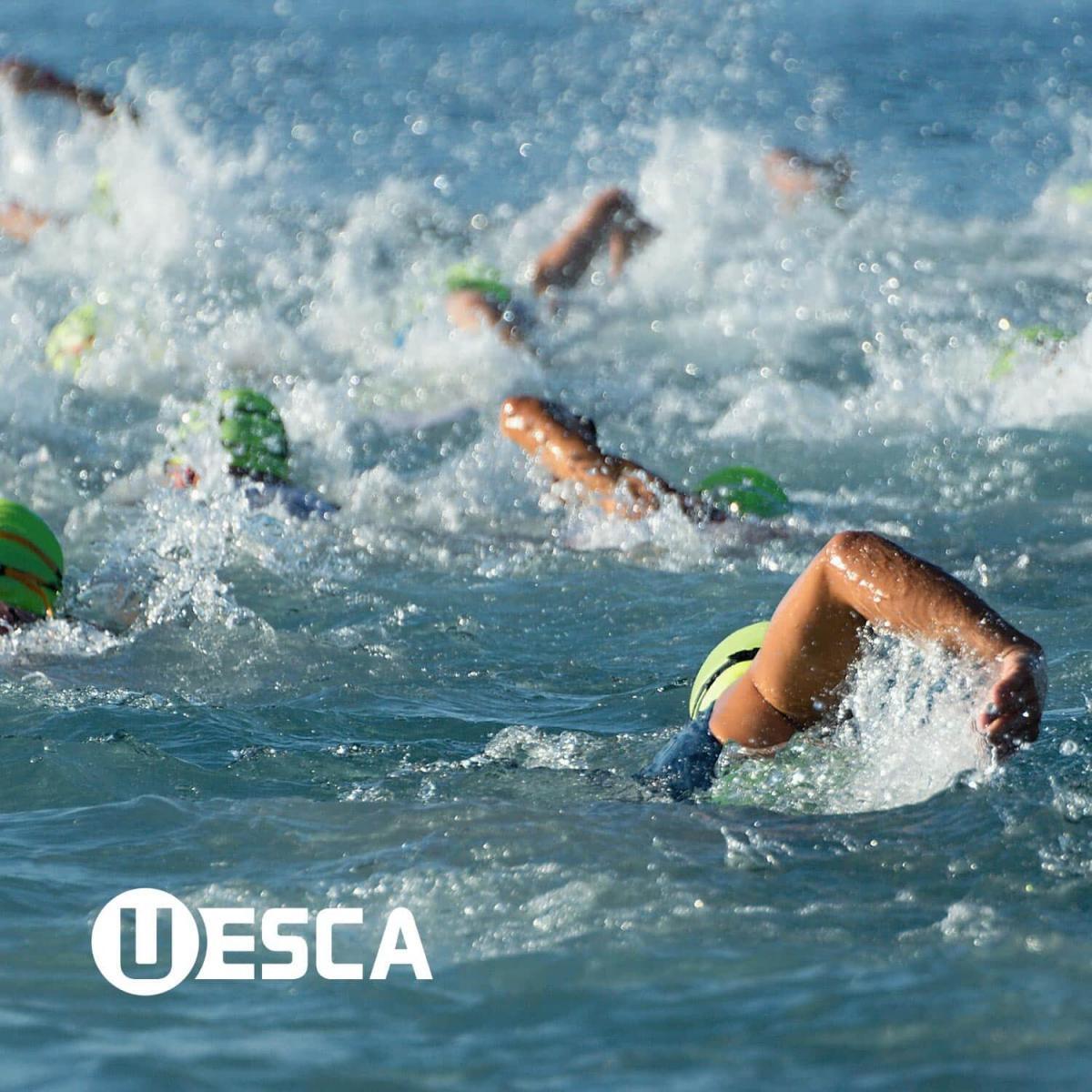When it comes to endurance running and racing and training for events, not all races or distances are approached the same way. Find out how traditional roading racing distances and ultras are different.
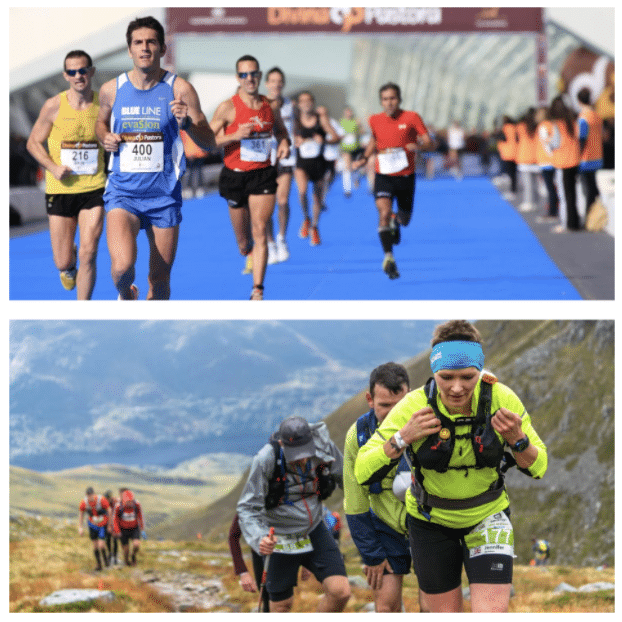
I’m not going to lie – prior to creating the UESCA Ultrarunning Coach Certification with ultrarunning coach, Jason Koop, I must admit, I fell into the group of people that more or less viewed an ultramarathon as just a ‘long marathon.’ As such, I deduced that in order to create an ultrarunning program, all you really needed to do was add mileage to a marathon program and there you have it… an ultrarunning program! It took all of about one second of speaking with Jason Koop to realize that I had it all wrong – hence the genesis of the UESCA Ultrarunning Coach Certification, as well as this post which goes over 10 differences between road racing and ultramarathons.
One of the most common questions that we get at UESCA is from prospective students trying to decide which certification they should get, the Running or Ultrarunning Coach Certification and more specifically, how do the two certifications differ. This question is the catalyst for this post. While there are endless differences between training for standard road races (5K-marathon) and an ultramarathon, this post highlights ten of the most significant differences and why unlike my initial and erroneous assumption – an ultramarathon isn’t just a long marathon!
1. Nutrition
As it pertains to traditional road races, it is commonplace to eat and drink a little bit before your race and depending on the time spent running, you may or may not eat during the event. However, in an ultramarathon, due to the length/duration, you’re missing meals. Therefore, while you fuel in an ultramarathon to keep your glycogen levels at adequate levels like in road racing, you’re also eating because you have to fuel for sustenance from a meal standpoint. In the words of Jason Koop, an ultramarathon is like an eating competition on the go!
2. Spring Systems
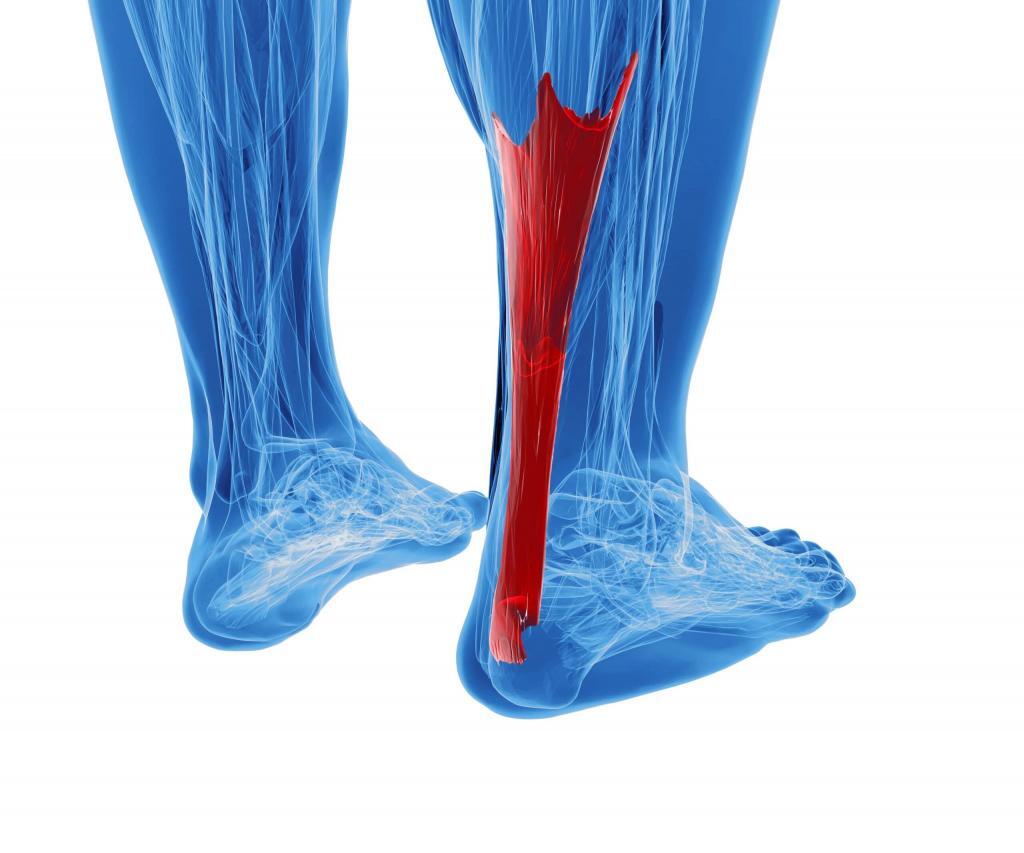
If you read most any literature about enhancing running performance, strength training and explosive movements (ex: plyometrics) will likely be mentioned due to the positive effect on the body’s natural spring systems, such as the Achilles tendon. By strengthening these spring systems, it makes a runner more efficient due to the ability to release more energy via stiffer spring(s). However, ultrarunning offers a different value proposition. While there may be some energy benefit of stiffened spring systems for ultrarunners, due to the slower speeds it is likely that this benefit is largely negated. Additionally, due to the large volume of training that an ultrarunner performs, a big question would be if the potential benefit of explosive/heavy strength training would be cancelled out by the energy requirement that could be better utilized with some form of running, or rest.
3. Technical Terrain
While running off-road is not a requirement for being an ultramarathon, most ultramarathons take place off-road, in some capacity. Depending on the race, the surface conditions could have rocks, sand, gravel, roots, etc… Additionally, the trail could be off-camber as well as have steep ascents and descents. This is in stark contrast to most traditional road racing events.
4. Total Stress
As alluded to earlier, the time spent training for an ultramarathon is likely greater than that of traditional road races. Therefore, the training methodologies of ultrarunners must be chosen carefully. More specifically, an ultrarunner must assess if the added stress of a particular training medium would be worth it in relation to the total stress being applied via other training methodologies.
5. Mental Component

Comparing how ‘hard’ different running distances are is the equivalent to comparing apples to oranges. For example, is the 800-meter race harder than a 50-mile ultramarathon? First off, ‘hard’ is subjective but the likely answer is no… one is not harder than the other, they’re just different types of hard.
That said, running an ultramarathon, especially at distances of 50 miles and above is extremely difficult from a mental standpoint. It’s one thing to stay focused after running 20 miles of a marathon but a completely different proposition to stay focused at mile 75 of a 100 miler!
6. Risk Management
To a large degree, risk management is a part of all sports. However, for sports such as ultrarunning that are heavy on volume, a proper risk management strategy is critical. As an example, if you let it fly on the downhills in a 10K, there is likely minimal to no repercussions. However, attempting the same strategy during an ultramarathon is a whole different risk. Aside from over stressing the quadriceps and thus unnecessarily increasing your muscular fatigue levels, you significantly increase the chance of falling.
7. Environmental Factors
Environmental factors play out in any distance race. However, due to the fact that many ultramarathons are at high altitude and potentially in extreme temperature and weather conditions, ultrarunners must prepare themselves for these environmental factors in training. Moreover, due to the length of ultramarathons, ultrarunners will likely be exposed to these extreme environmental factors for longer periods of time than that of traditional road races.
8. It’s Dark!
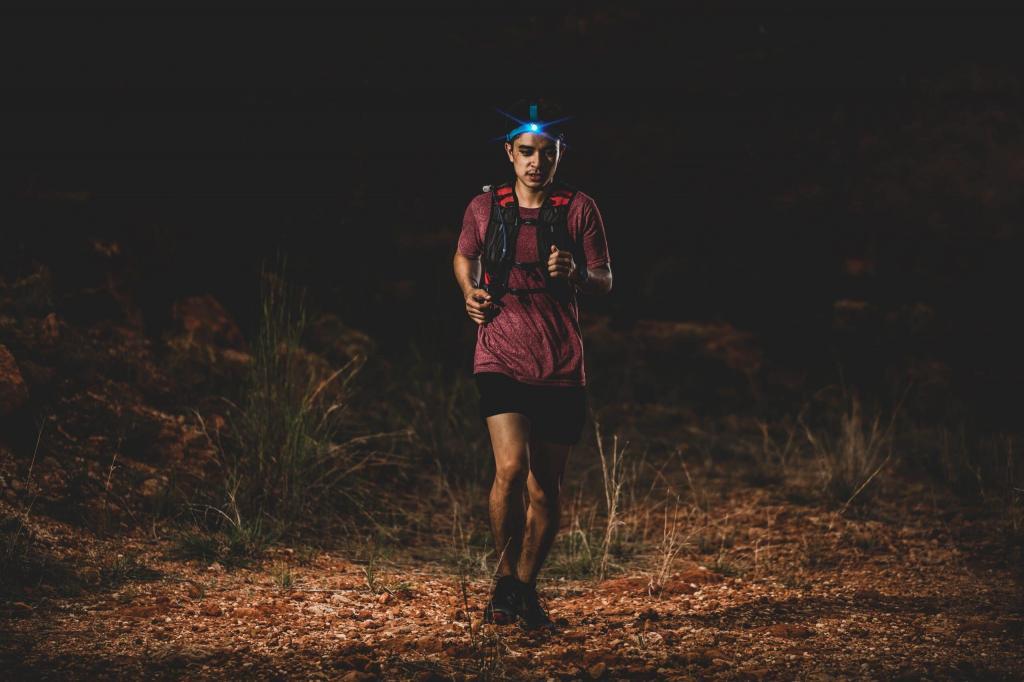
One variable usually not a factor in road races is running in the dark. Issues such as lighting, navigating and overall fatigue/sleepiness are huge issues to tackle for those ultrarunners that are going to be running throughout the night. For example, if an athlete uses a headlamp on race day but never trained with it, they might find that the light beam bouncing causes them to become nauseous or that it causes too many shadows.
9. It Takes a Village
Support is important for any athletic event, regardless of the type or distance. However, due to the epic nature of ultramarathons, support is of critical importance. Throughout the training process, having support from individuals such as a coach, nutritionist, physical therapist, etc… are great to keep an athlete on track and ideally injury free. On race day, whether an ultrarunner has their own crew or they rely on the assistance provided by the race at checkpoints, there is no way that an ultrarunner can be successful without assistance from others.
10. Problems are Amplified
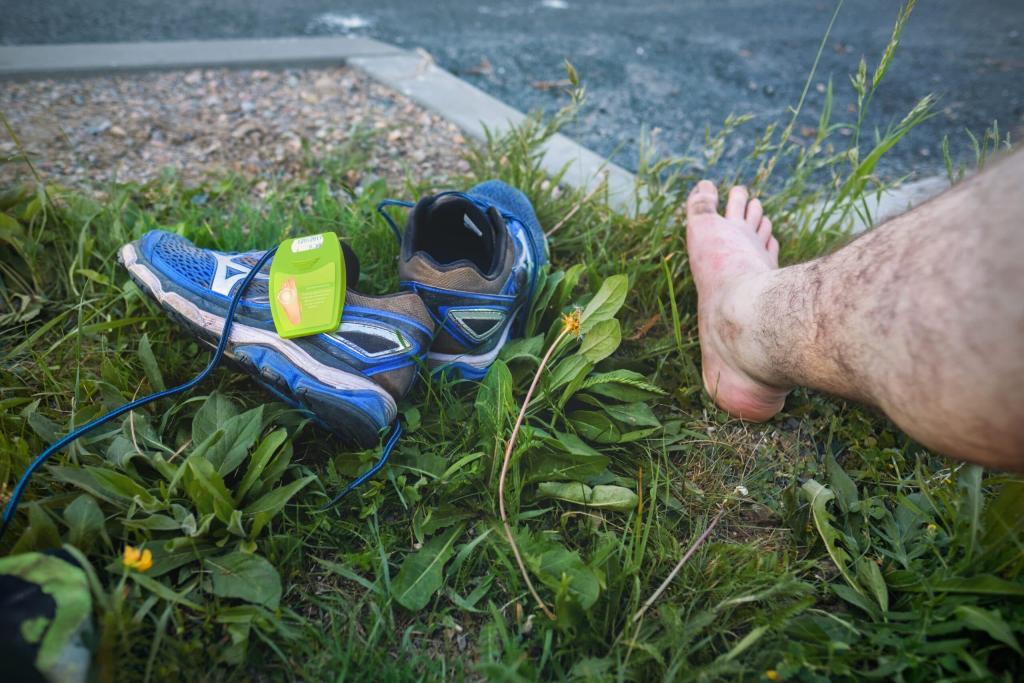
Whether it be GI issues, an injury, dehydration or even a shift in one’s mental status – in traditional road races, a participant can often ‘suck it up’ and deal with it until they reach the finish. Not so much with ultrarunning. For example, if you get a blister at mile 5 of a 10K, you can likely suffer through it and finish. However, if you get a blister at mile 20 of a 100 miler, you’re likely not going to ‘suck it up’ and finish … some type of solution is required in order to finish! In ultramarathons, you have to address issues as soon as possible to avoid them becoming much larger in scope and severity.
Summary
So, there you have it – 10 differences between road racing and ultramarathons. As noted in the UESCA Ultrarunning Coach Certification, an ‘ultramarathon’ is not ‘just’ a long marathon. Similar to how you would never think to train/coach a 100-meter sprinter the same way as you would a marathoner, the same holds true for the the other end of the endurance spectrum. While both traditional running events and ultrarunning both involve running, that is where a lot of the similarities end.





